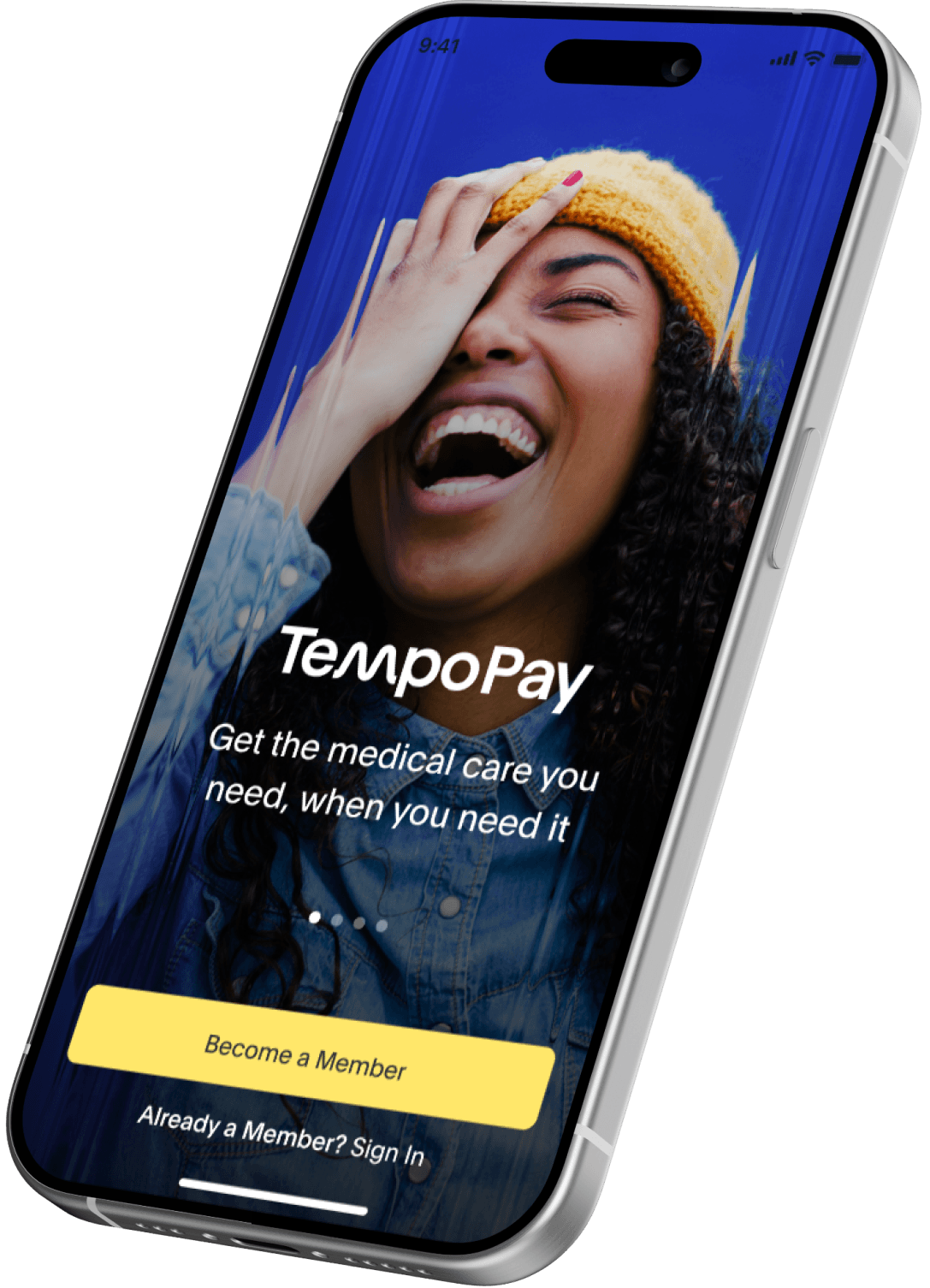Medical debt is crushing the U.S. workforce. Can employers provide relief?

With inflation outpacing wages, everyday budgets are under increasing pressure. More Americans rely on credit cards than ever to pay for daily expenses and to cover emergencies.
At the end of 2022, the national average credit card debt was over $7,000. 53% of cardholders were carrying a balance. At an average interest rate of 20.4%, those balances add up over time.
Meanwhile, the Consumer Financial Protection Bureau (CFPB) recently reported $88 billion in medical debt on consumer credit records. This number is likely understated, as it does not account for medical debt placed on credit cards. The Kaiser Family Foundation (KFF) estimates total debt to be closer to $200 billion.
What makes medical debt so unique? Why does it play such an outsized role in credit reports? And how might employers help provide relief?
No one starts their day planning to take on medical debt
Most people don’t start their day planning to accrue medical debt. Two-thirds of medical debts arise after a person receives care for an urgent medical need. In emergencies, people aren’t price-shopping for care. They go to the closest healthcare facility and deal with the impact later.
23 million people owe what’s considered “significant medical debt.” This is defined as more than $250 in outstanding medical bills by the Kaiser Family Foundation. Three in ten adults report being unable to cover a $500 unexpected medical bill without borrowing money. One in five adults with medical debt think they’ll never be able to pay it off.
Medical debt affects all demographic groups, however, people with disabilities, women, young adults, those with low to mid-incomes, and people from racial and ethnic minority groups bear the brunt of it.
Medical debt doesn’t stop for people with insurance
Unfortunately, health insurance isn’t a magical deterrent for medical debt. Rising healthcare costs, cost-shifting, and the popularity of high deductible plans have left people responsible for large portions of their medical bills.
Doctor visits, diagnostic tests, lab fees, emergency room visits, prescription drugs, outpatient services, hospitalization, and dental care are some of the most common sources of medical bills. Hospitalization and emergency room visits lead the list with the top dollar amounts owed.
Some insurance plans limit the amount they will cover for certain treatments. When health insurance doesn't fully cover certain services, treatments, or medications, many people have a difficult choice to make– go into debt or don't get care.
How medical debt affects credit scores and beyond
For patients, untangling the source of medical debt is clear as mud. Once a provider bills a patient, they may send any unpaid balances to a third-party collections agency.
Due to the decentralized nature of medical debt billing, and with little access to provider records, these agencies make it difficult for people to confirm that the debts are accurate or valid. People with multiple medical bills struggle to figure out what they’re being charged for or where they originated from.
Then, those collection agencies often report the debt to consumer reporting companies. These types of reports are used by lenders, employers, and landlords to check a person's credit history when they’re applying for a car loan, a job, or an apartment. This impacts their ability to secure transportation, work, and housing– key Social Determinants of Health that when lacking are associated with adverse health outcomes.
Beyond poor credit ratings, some people with outstanding medical debt also face lawsuits, wage garnishment, home liens, and bankruptcy.
The aggregate numbers are staggering but medical debt is a highly personal condition, the effects of which can be devastating. It doesn’t take long to see yourself, a family member, a neighbor, or a colleague struggling with the real-world impact of medical debt due to the inability to pay.
Medical debt is impacting employer health plans
Employees with medical debt are more likely to have additional forms of debt, like personal loans or credit card balances. Along with other financial stressors like an underfunded emergency savings account. In a 2022 PwC survey on Employee Financial Wellness, over half of employees reported being stressed about their finances. In a separate survey done by Kaiser Family Foundation, almost half of insured adults report difficulty paying for medical costs.
Employer-sponsored insurance is the largest source of health insurance for Americans and their families. Employers pay over $500 billion toward health insurance premiums for their employees. With inflationary pressures and lingering effects of the pandemic pushing healthcare costs up, the downstream impact on employer health plans and the workforce is already in play.
43% of insured adults report that they have avoided or put off medical care altogether due to the cost. It’s well-researched that chronic stress from any source leads to poor mental and physical health. For those who are already unhealthy, stress only compounds that. Delayed care often leads to more costly medical treatment due to unmonitored conditions becoming worse.
Rising medical claims lead to rising health plan costs and put pressure on employers to either absorb the increase or pass it along to their employees. The result is a continuous lose-lose situation for all.
How TempoPay protects employees against medical debt
16 million Americans will benefit from new policies that went into effect this year to wipe medical debts under $500 from credit reports. But that still leaves millions who owe more than $500. Data reported by the CFPB shows that the average medical debt in collections was $774. KFF reports that 1 in 4 U.S. adults owe more than $5,000. There's an opportunity to provide relief for employees by providing a non-predatory way to pay for medical expenses when they happen, or even to repay a medical bill they have today.
The gap continues to grow between what insurance covers and what employees can afford, including their deductible. TempoPay offers a responsible, equitable method of helping employees pay off existing medical debt, and more importantly, avoid predatory debt altogether. Companies can begin to think differently about their existing health benefits by including access to interest-free healthcare financing in their program.
What is the TempoPay experience for employees?
As a benefit of employment at your company, employees get access to a meaningful amount of money for healthcare expenses, no matter their financial status.
With their TempoPay Visa card, employees can access and pay for medical care whenever they need it. No need for planning or pre-funding an account. They can even pay off existing medical bills right away.
Employees control their own repayment schedules to fit repayment plans into their budgets and work within their own financial plans. They can repay through payroll or connect alternative payment methods.
Their TempoPay balances are never charged interest or fees. We do not report balances to credit rating agencies and work with people individually to resolve any challenges they may run into with repayment.
Reducing financial stress improves more than the bottom line.
We're working with forward-thinking employers to think outside of the box and help employees avoid costly medical debt and predatory lenders. Let's build a business case for interest-free healthcare financing within your workforce.
The benefit employees need now
We provide financial support when and where it's needed, and can be launched throughout the year

